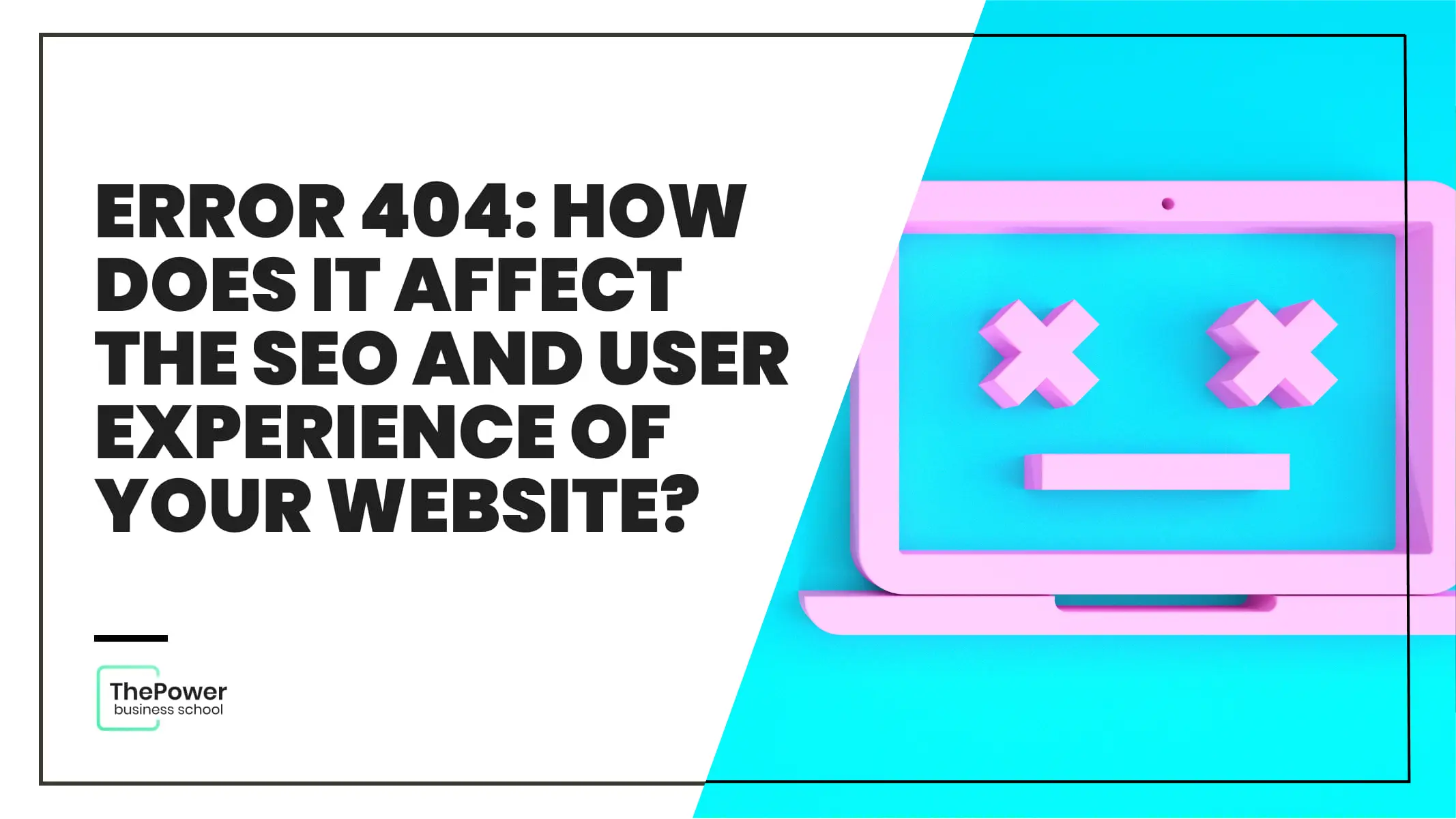404 errors negatively impact user experience and increase bounce rates because they represent dead ends where users cannot find the content they expected. When visitors land on a 404 page, they often feel frustrated or disappointed, which leads them to leave the site quickly, raising the bounce rate.
This poor user experience signals to search engines that the site may not be well-maintained or valuable, potentially harming SEO rankings. High bounce rates caused by 404 errors indicate that users are not engaging with the site, which search engines interpret as a negative quality signal.
Additionally, 404 errors cause loss of link equity because links pointing to missing pages do not pass SEO value, further weakening the site’s authority and ranking potential.
However, the impact of 404 errors can be mitigated by:
- Implementing custom 404 pages that guide users to relevant content or the homepage, reducing frustration and encouraging continued browsing.
- Using 301 redirects to send users from deleted or moved pages to appropriate alternatives, preserving link equity and improving user experience.
- Regularly auditing the site with tools like Google Search Console to identify and fix broken links promptly.
In summary, 404 errors disrupt user journeys, increase bounce rates, and can lower SEO rankings, but thoughtful handling through custom error pages, redirects, and maintenance can reduce these negative effects and even turn 404 pages into engagement opportunities.




